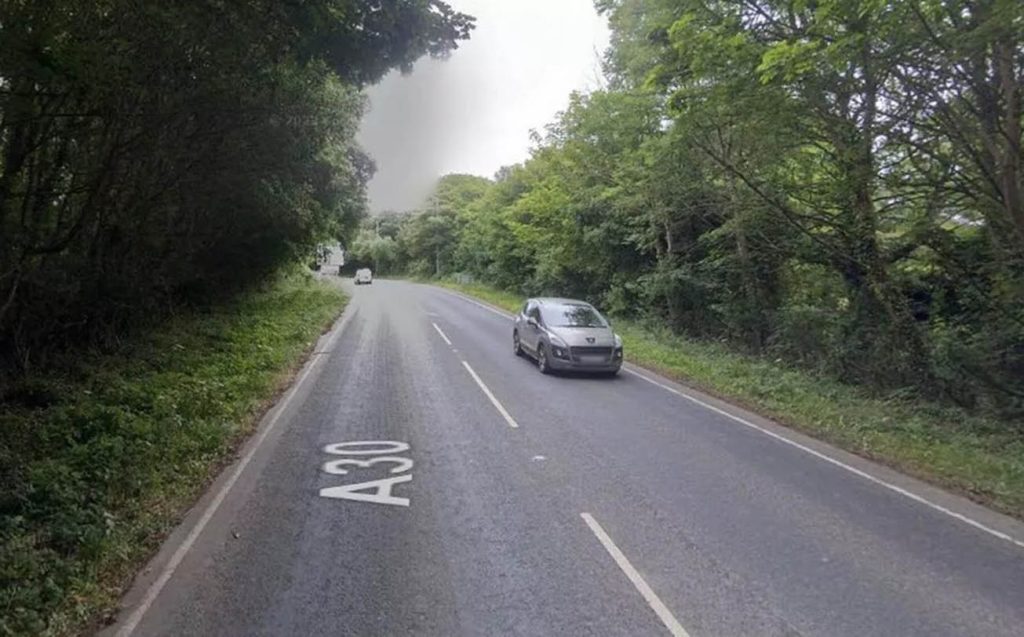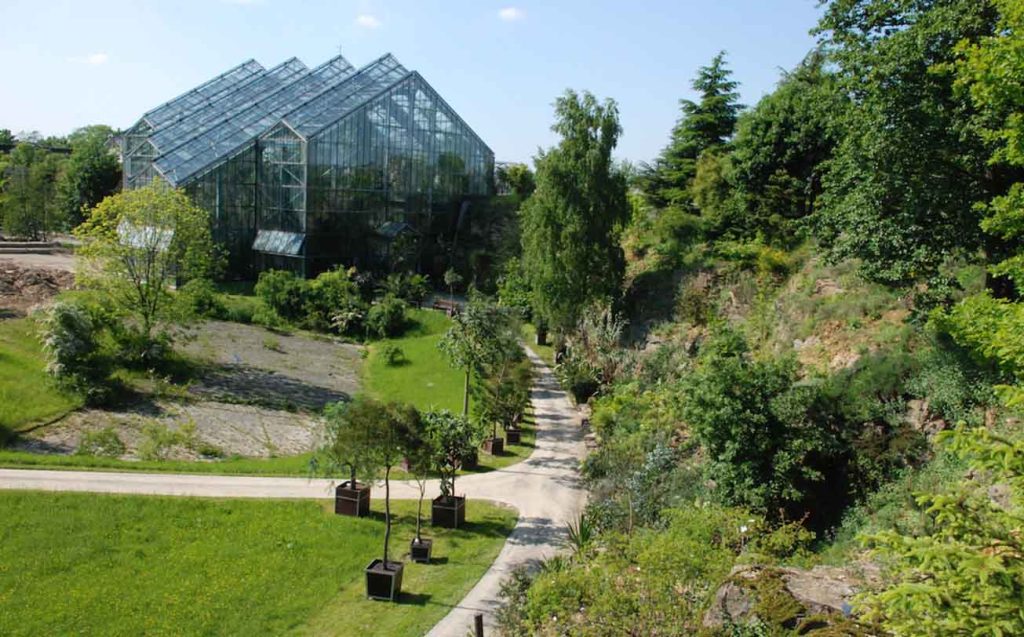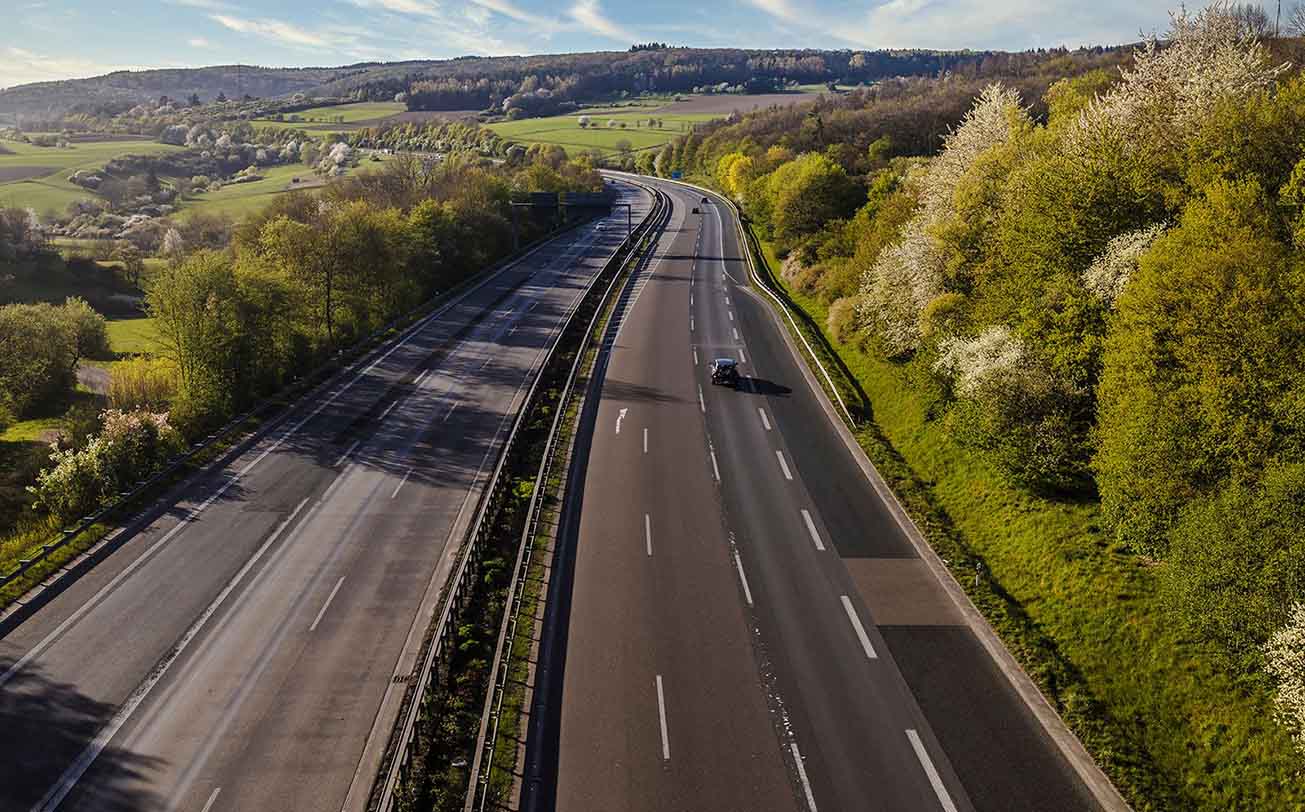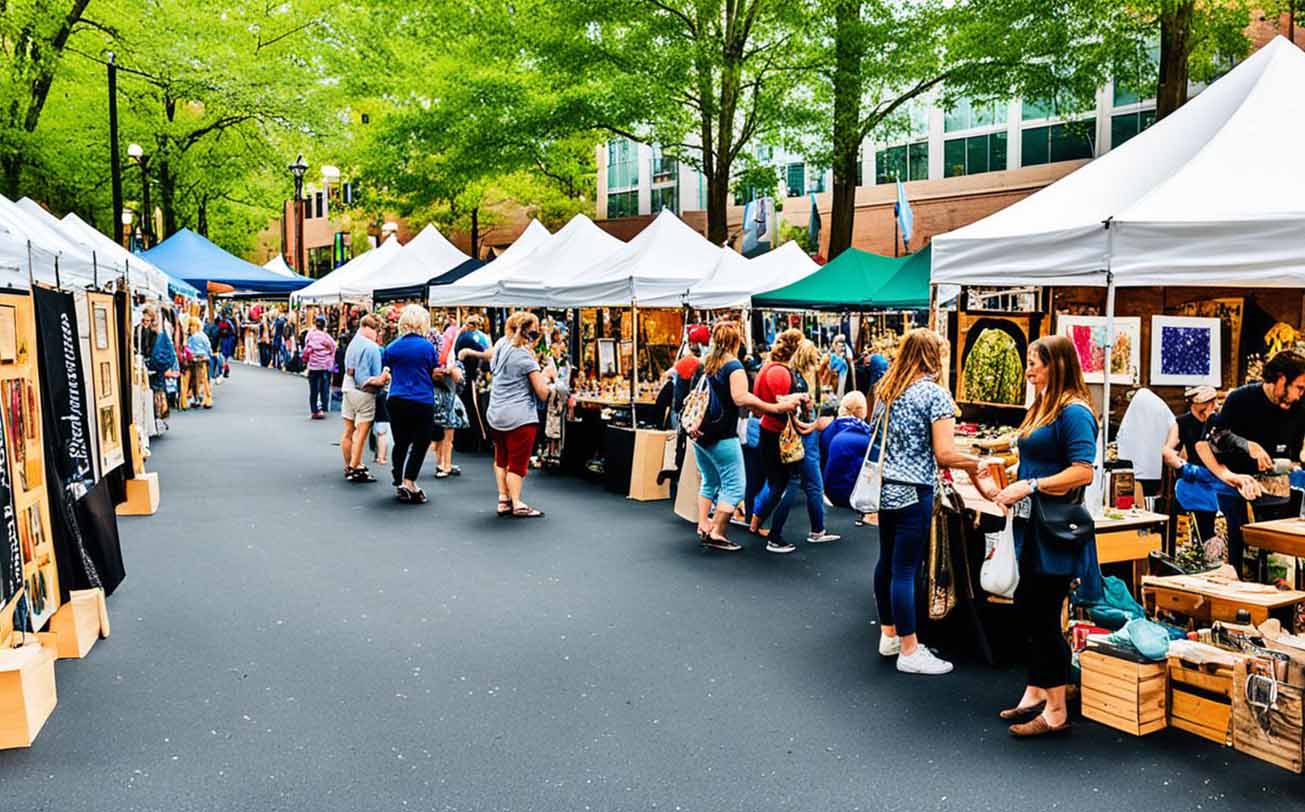1. Morning in Hanover: Steel, Stillness, and a Strong Coffee
The air in Hanover carries a gentle bite in the early hours, especially outside the Hauptbahnhof. There’s something oddly grounding about starting a road trip in the hushed rhythm of a waking city. The buildings in Hanover seem to stand like statues at that hour—firm, functional, and proud of their Prussian sensibilities. My journey to Osnabrück began with the careful loading of luggage into the car, a routine that echoes the rhythm of every journey: bag, camera, water bottle, map, jacket, sunglasses, snacks—in that order. Some rituals never change, and perhaps, they shouldn’t.
Outside the hotel, a silver dawn unfurled over the skyline, casting pale reflections on the windshields of parked cars. It was a morning built for the autobahn: dry roads, light fog receding over treetops, and a playlist that blended just enough modern acoustics with Bach’s cello suites. The engine stirred to life, and with it, so did the anticipation of a different city, waiting quietly just a hundred kilometers away.
2. Departing Hanover: The Autobahn Beckons
Merging onto the A2 westward toward Osnabrück required a practiced patience; Hanover’s ring roads can be deceptively slow before breakfast. Navigating out of the city, I passed the elegant Herrenhausen Gardens to the north and the muted industrial facades that mark the city’s western perimeter. The sun crested low and golden over the Hanover fairgrounds, briefly illuminating the vast, empty parking lots and steel exhibition halls.
It wasn’t long before the A2 swallowed the city’s edges and presented its familiar German promise: freedom in concrete form. The autobahn, as always, is not just a road—it’s a principle. With lanes so straight they could have been drawn with a ruler and exits so logically placed they feel inevitable, the A2 toward Osnabrück invites a kind of quiet concentration. Speed becomes relative. It’s not the rush that matters, but the rhythm.
3. Driving the A30: Between Windmills and Woodlands

After joining the A30 near Bad Oeynhausen, the drive subtly transformed. The terrain began to roll more gently; agricultural fields opened on either side, occasionally giving way to small groves and windmills, those slow-turning sentinels of Northern Germany. One doesn’t need a calendar here to know it’s spring—the trees speak it fluently, with soft green tips flickering against a blue-white sky.
The A30 is less trafficked than the A2, especially mid-morning. Trucks hum past occasionally, but there’s room to breathe. I took one of the rest stops near Melle, a quiet spot surrounded by pines. German rest areas are marvels of design—not flashy, not overburdened with signage—but effective. Restrooms are pristine, vending machines reliable, and picnic benches seem perfectly placed. I walked a few paces into the trees, feeling the silence settle around me like a wool coat.
Back on the road, villages began to punctuate the route with names that rolled musically: Bissendorf, Wissingen, Lüstringen. The signs for Osnabrück grew more frequent, and the spires of its churches—so typical of Westphalia—started to pierce the horizon like promises.
4. First Glimpse of Osnabrück: Stone, Brick, and Time
Osnabrück greeted me not with grandeur, but with quiet dignity. The old town is ringed by neighborhoods that speak of the post-war years—functional apartments, cobbled sidewalks, and bakeries that seem to have stood since the Wirtschaftswunder. It’s a city that wears its history plainly, not as a costume, but as a second skin.
I entered via the Sutthauser Straße, easing into the Altstadt where the streets narrow and the past walks just beside you. The cathedral came into view first—St. Peter’s Dom—its Romanesque towers asserting their timeless authority over the Market Square. Traffic slowed, not because of congestion, but because the streets themselves requested it, as if to say: respect what came before you.
Parking near the Felix-Nussbaum-Haus, I stepped out and let the city’s palette greet me. Red brick, slate gray, sandstone, and a touch of ivy green. The wind carried a hint of yeast—somewhere nearby, a bakery was mid-rise.
5. Walking Osnabrück: A Town for Thoughtful Steps
Osnabrück is a city best seen slowly. Its streets don’t demand your attention—they earn it. I began my exploration with a deliberate pace through the old town, tracing a path from the cathedral to the Town Hall of the Peace of Westphalia. Here, Europe redefined itself in 1648 with ink and diplomacy. The building stands stoic and polished, but its weight is unmistakable. The Peace Hall is not a monument; it is a memory etched into architecture.
Outside, schoolchildren gathered around a guide, their laughter bouncing between Gothic arches. I moved on toward the Heger Tor, a triumphal arch that celebrates Napoleon’s campaigns but today frames little more than bike paths and coffee shops. Time, ever the editor of history, has rewritten its context.
The cafés around here are understated, with small marble tables and chalkboard menus. I chose one almost at random and ordered an espresso and a slice of Apfelstrudel. The woman behind the counter nodded approvingly, as though I had passed a local test. The pastry was warm, the apples tart, the cream unsweetened and perfect.
6. Schölerberg and the Southern Hills

Later in the afternoon, I drove to Schölerberg, Osnabrück’s hilly southern district. The Osnabrück Zoo rests here, sprawling and serene, but it was the botanical garden that drew my attention. Attached to the university, it’s a green escape full of winding paths, alpine plants, and an unexpected bamboo grove. Students lounged on benches, murmuring over textbooks and sandwiches. A breeze carried the scent of damp earth and early blossoms.
Climbing to a small overlook, the view of Osnabrück was unexpectedly panoramic. The city, neither too large nor too small, seemed to balance itself naturally in the valley—half medieval, half modern. Church spires coexisted with cranes and solar panels. Tradition and technology nodded at one another without tension.
Driving back toward the city center, I detoured slightly through Nahne, a neighborhood of dignified houses and quiet gardens. The kind of place where curtains are always drawn neatly and hedges trimmed with ancestral precision.
7. Evening Light and Brick Shadows
Osnabrück’s early evening light feels earned, as though the city slowly offers it to you after you’ve paid attention all day. The Market Square turned gold, its cobblestones catching the last rays like a mosaic. I sat on the steps of Marienkirche and watched locals cycle past, their baskets full of groceries and newspapers. A man in a brown coat tipped his hat to an elderly woman; she smiled and replied something I didn’t catch, but understood nonetheless.
Dinner was a plate of Grünkohl mit Pinkel at a small restaurant tucked behind the cathedral. The sausage was robust, the kale earthy and honest. The beer—brewed just twenty minutes away—was dark, malty, and cool. A waiter asked if I needed anything else. I paused, looked around the timber-framed room, and said, “No, this is perfect.”
Walking back to the car, the streets had hushed. Church bells struck eight, their echo trailing into the night like a farewell whispered from the past. I passed a group of students playing chess on a stone table and an old man feeding birds near a fountain.
8. A Return on a Road Already Known
The next morning, I made the drive back to Hanover along the same route. Familiarity transformed the journey, as it always does. The curves of the A30 felt gentler, the signage friendlier. The gas station near Melle now offered a sense of return rather than discovery. I stopped there again, refilled both tank and thermos, and leaned on the hood of the car, watching trucks roll past like chapters in someone else’s journey.
The autobahn gave me back to Hanover with the same clarity it had offered me Osnabrück: clean lines, open horizons, and a sense of forward motion that asked nothing in return but respect. In the mirror, the spires faded, but not the impression.
Some cities ask to be photographed; Osnabrück asks to be remembered.



